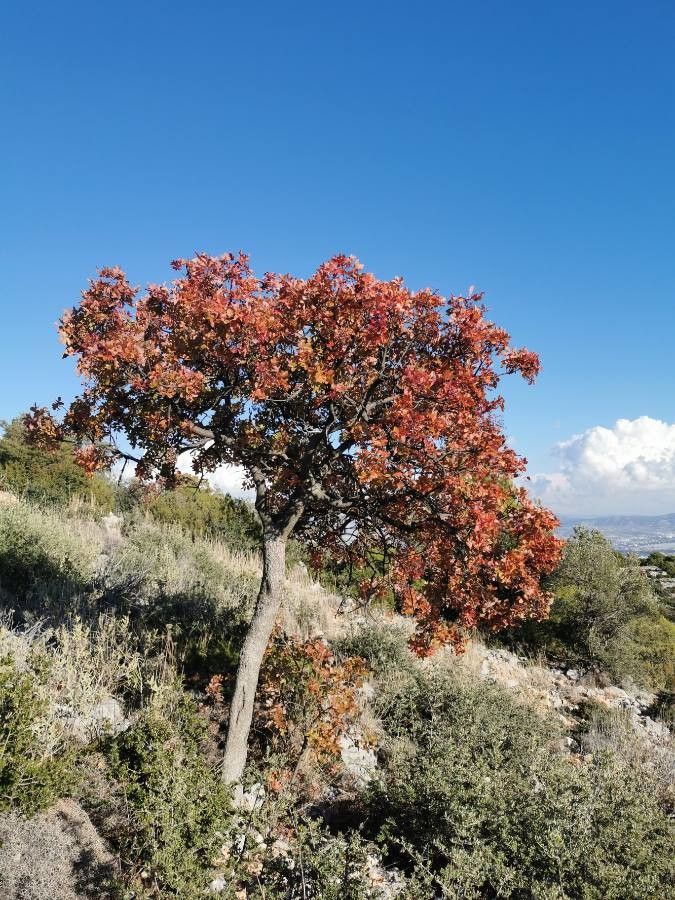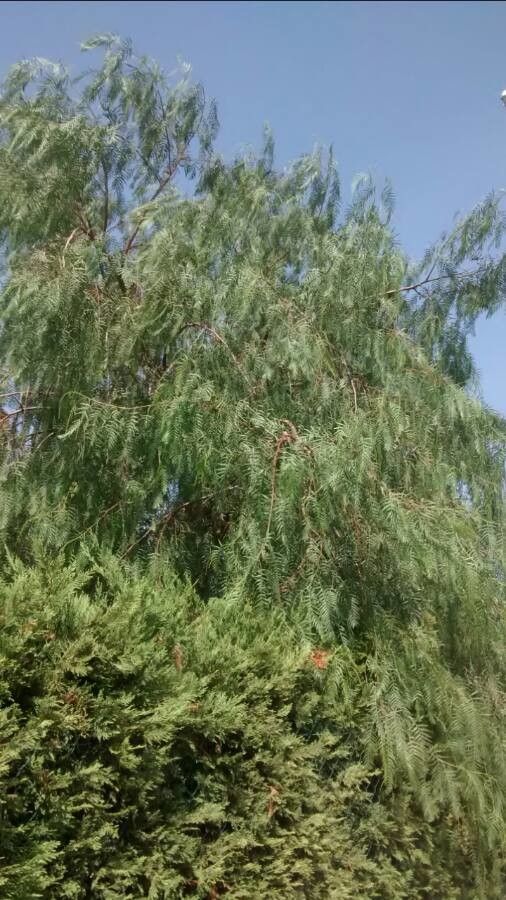### Cyprus-Turpentine: Unveiling the Secrets of *Pistacia terebinthus*
Cyprus-turpentine (*Pistacia terebinthus*), a member of the Anacardiaceae family, is a captivating shrub or small tree renowned for its aromatic resin and resilience. Native to the Mediterranean region, it thrives in sun-drenched landscapes and has captivated people for centuries with its versatile uses and intriguing characteristics.
### Habitat and Growth
This adaptable plant flourishes in various habitats, from rocky hillsides to scrublands, demonstrating remarkable tolerance to drought and poor soils. It's a sun-worshipper, demanding ample sunlight for optimal growth. While it prefers well-drained soil, it exhibits surprising resilience to harsh conditions, making it a low-maintenance choice for gardeners in appropriate climates. It can reach heights of up to 10 meters, developing a distinctive, often multi-stemmed structure.
### Distinctive Features
Cyprus-turpentine is easily identified by its pinnate leaves, composed of numerous oval leaflets with serrated edges. These leaves exhibit a vibrant green hue, turning stunning shades of red and orange in autumn. The tree produces small, inconspicuous flowers, followed by drupes – small, berry-like fruits – that ripen to a reddish-brown color. These fruits provide sustenance for local wildlife.
### The Value of the Resin
The plant's most remarkable feature is its resin, also known as ‘terebinthine,’ which has been prized for its medicinal and aromatic properties for millennia. Historically, this resin was employed as a natural remedy, and it still holds significance in traditional medicine. It possesses a distinctive, pungent aroma, often described as a blend of pine and citrus. The resin's applications extended beyond medicinal uses; it has been utilized as an incense and in the production of varnishes and adhesives. Today, some continue to explore its potential benefits.
### Cultivation and Care
Cultivating Cyprus-turpentine requires minimal effort. Plant it in a sunny location with well-drained soil. While drought-tolerant once established, regular watering during its initial growing phase is beneficial. Minimal pruning is usually necessary, mainly to shape or remove dead branches. Propagation can be achieved through seeds or cuttings.
### Potential Uses and Benefits
The resin is the main focus of this plant's potential. Its medicinal history is rich but requires careful consideration. While some traditional applications suggest potential health benefits, further scientific research is needed to fully validate these claims. Always consult a healthcare professional before using the resin for medicinal purposes. Beyond potential medicinal applications, Cyprus-turpentine's aesthetic appeal makes it a valued addition to Mediterranean-style gardens or landscaping projects.
### Conclusion
Cyprus-turpentine is much more than just a resilient Mediterranean plant; it’s a fascinating example of nature’s versatility. Its adaptability, aromatic resin, and historical significance make it a subject worthy of further appreciation and study.
Cyprus-Turpentine: A Comprehensive Guide

Frequently Asked Questions
How do I grow Cyprus-turpentine?
Plant in a sunny location with well-drained soil. Water regularly when young. Minimal pruning is needed. Propagation is possible via seeds or cuttings.
What are the uses of Cyprus-turpentine resin?
Historically used medicinally and in traditional remedies. It has also been used as incense, in varnishes, and adhesives. Always consult a healthcare professional before using it medicinally.


